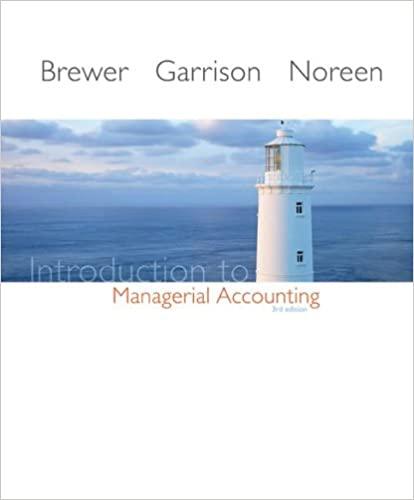Answered step by step
Verified Expert Solution
Question
1 Approved Answer
1) The unadjusted trial balance at year-end for a company that uses the percent of receivables method to determine its bad debts expense reports the

1) The unadjusted trial balance at year-end for a company that uses the percent of receivables method to determine its bad debts expense reports the following selected amounts: ccounts receivable llowance for Doubtful Accounts 435,000 250 100,000 Debi t Sales redit redit All sales are made on credit. Based on past experience, the company estimates 3.5% of ending account receivable to be uncollectible. What adjusting entry should the company make at the end of the current year to record its estimated bad debts expense? A) Debit Bad Debts Expense $15,225; credit Allowance for Doubtful Accounts $15,2 B) Debit Bad Debts Expense $7,350, credit Allowance for Doubtful Accounts $7,350. C) Debit Bad Debts Expense $16,475, credit Allowance for Doubtful Accounts $16,475 D) Debit Bad Debts Expense $17,350; credit Allowance for Doubtful Accounts $17,350. E) Debit Bad Debts Expense $13,975; credit Allowance for Doubtful Accounts $13,975 2) If a company made a bank deposit on September 30 that did not appear on the bank statement dated September 30, in preparing the September 30 bank reconciliation, the company should: A) B) C) D) Deduct the deposit from the bank statement balance. Add the deposit to the bank statement balance. Send the bank a debit memorandum. Deduct the deposit from the September 30 book balance and add it to the October 1 book balance. E) Add the deposit to the book balance of cash
Step by Step Solution
There are 3 Steps involved in it
Step: 1

Get Instant Access to Expert-Tailored Solutions
See step-by-step solutions with expert insights and AI powered tools for academic success
Step: 2

Step: 3

Ace Your Homework with AI
Get the answers you need in no time with our AI-driven, step-by-step assistance
Get Started


